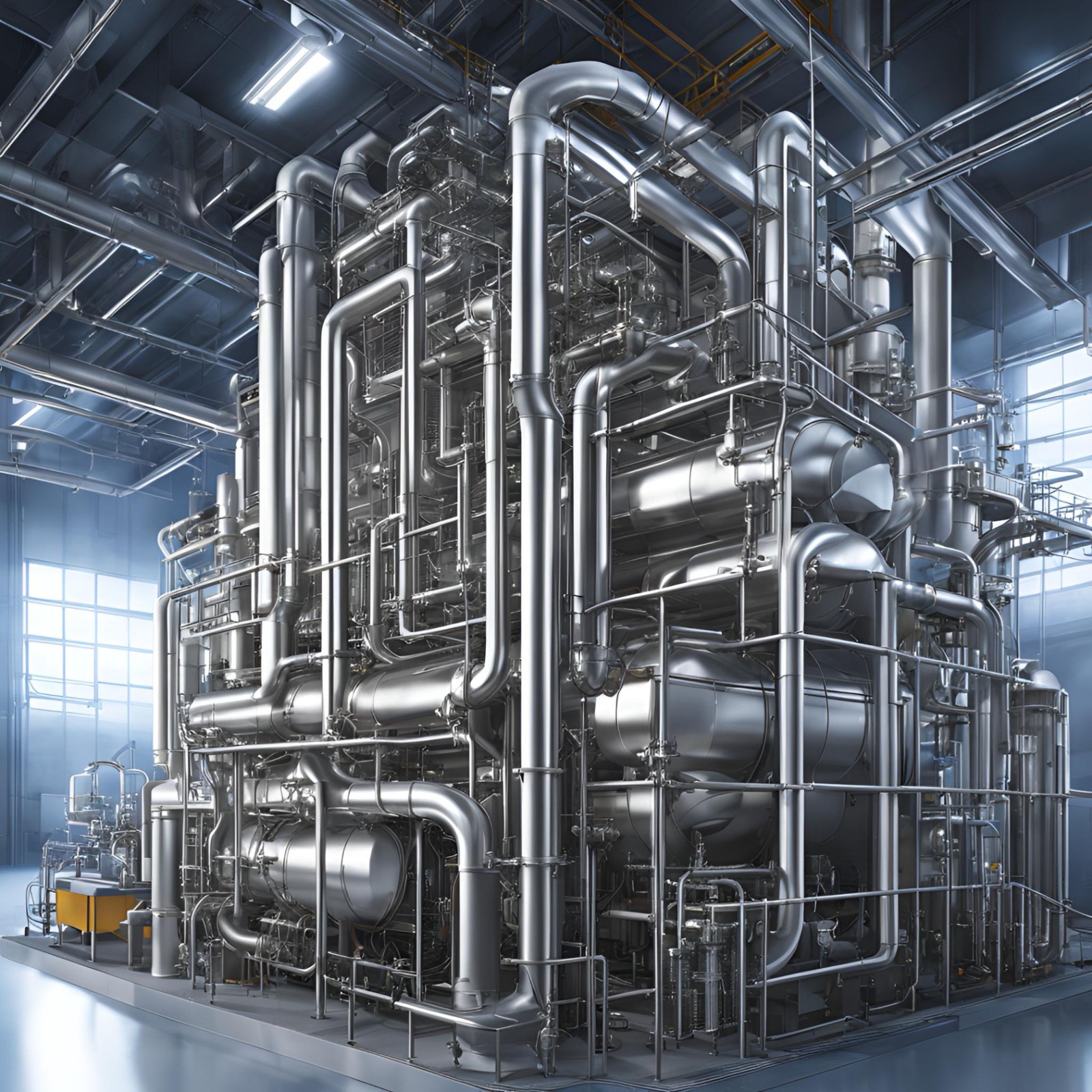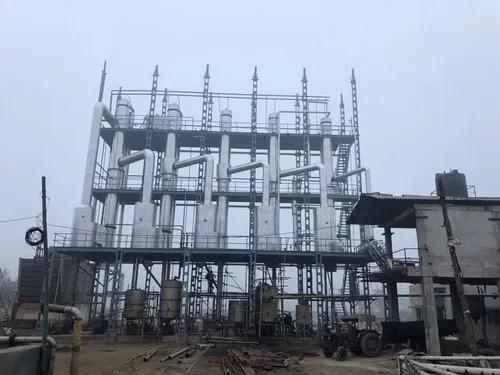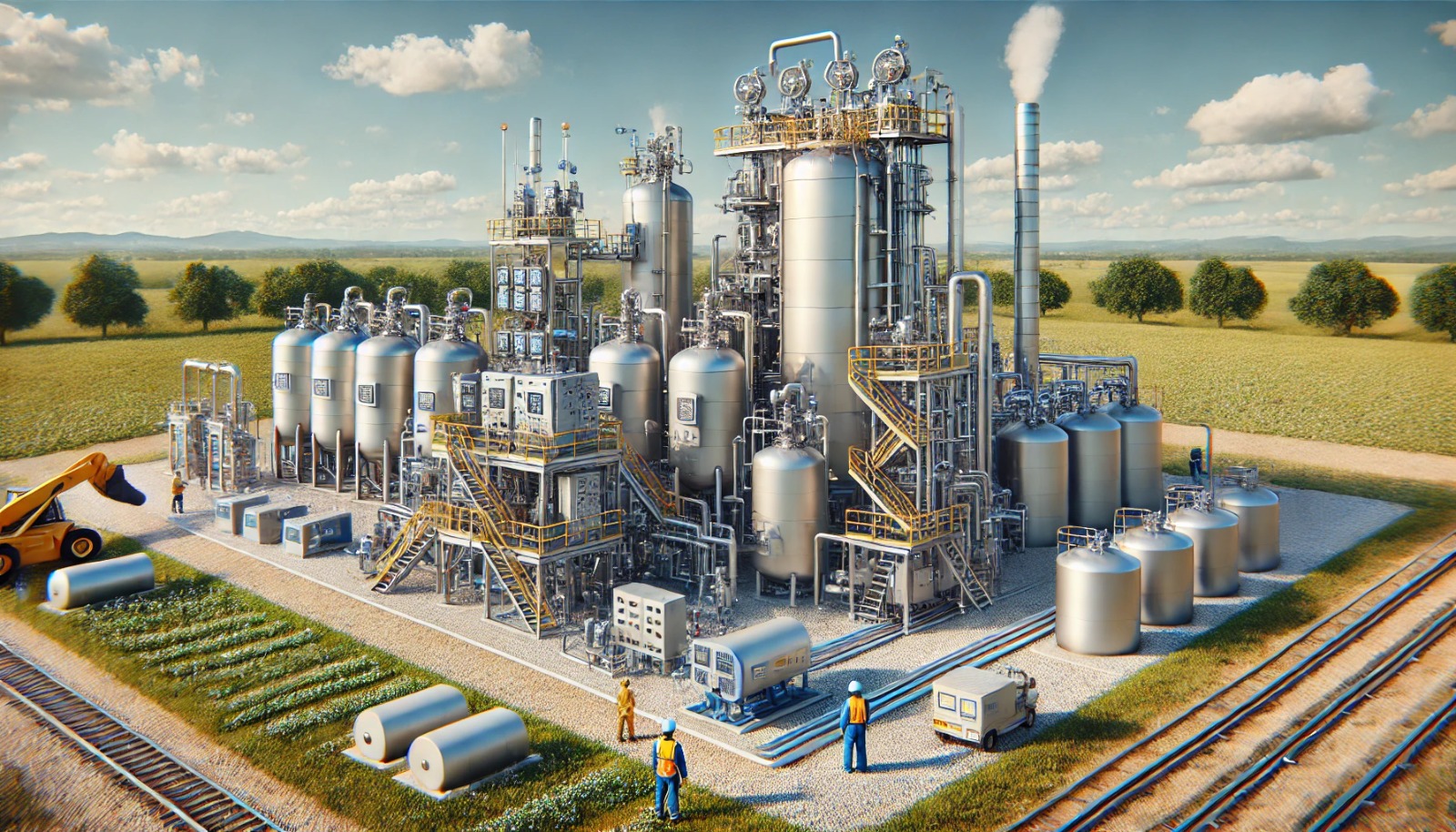MEE based plant (Multi Effect Evaporation)
At Radox Engineering, Jaipur, we specialize in designing and providing Multi-Effect Evaporation (MEE) Based Zero Liquid Discharge (ZLD) Systems. Our solutions help industries effectively manage wastewater by ensuring the complete recovery of water while eliminating liquid waste. The MEE-based ZLD system is highly efficient, eco-friendly, and cost-effective, making it an ideal solution for industries aiming to achieve zero liquid discharge and meet stringent environmental regulations.
-
Specifications of Multi-Effect Evaporation Based Zero Liquid Discharge (ZLD) System:-
-
Core Process – Multi-Effect Evaporation (MEE):
Evaporation Stages: The MEE system operates in multiple stages, where the feedwater is evaporated in a series of evaporators. The vapor produced in each stage is used to heat the next stage, resulting in energy efficiency.
Concentrate Reduction: The process reduces the volume of wastewater by evaporating water content in several stages, concentrating the remaining waste into a small amount of residue.


Energy Efficiency:
Thermal Integration: The MEE system employs thermal integration to utilize the vapor from each effect to heat the subsequent stage, significantly reducing energy consumption.
Heat Recovery: Heat exchangers capture and recycle waste heat, improving overall system efficiency and reducing operational costs.
Reduced Operating Costs: The multi-effect process minimizes the amount of energy required, making it more cost-efficient than conventional evaporation methods.Environmental Compliance:
Zero Liquid Discharge: The system ensures compliance with environmental regulations by discharging no liquid waste into the environment. All effluents are either recycled, reused, or turned into safe solid waste.
Waste Minimization: This process minimizes waste generation, reduces pollution, and supports a circular economy approach.
-
Production Capacity:
Customizable to meet the specific needs of industries such as pharmaceuticals, textiles, chemicals, food processing, and power generation. -
Automation and Control:
PLC-Based Automation: The entire process is monitored and controlled through an advanced Programmable Logic Controller (PLC) system, ensuring accurate management of temperatures, pressures, and flow rates.
Real-Time Monitoring: Continuous data collection allows for optimal process control, ensuring maximum performance and minimizing downtime.

